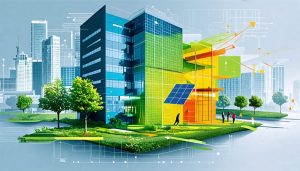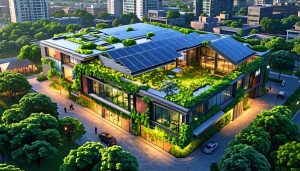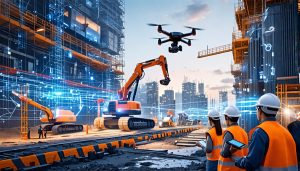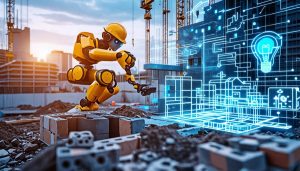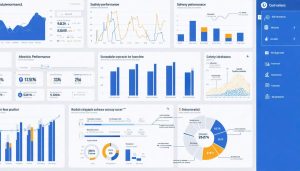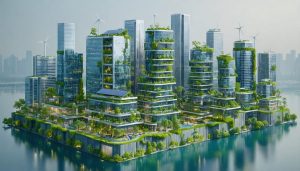
Revitalize Your City: The Game-Changing Power of Urban Green Infrastructure
Integrate permeable pavements to enhance stormwater management by allowing rainfall to infiltrate through surfaces, reducing runoff and improving water quality. Implement green roofs to absorb rainwater, provide insulation, and extend the lifespan of building materials while boosting urban biodiversity. Design rain gardens strategically to manage stormwater close to its source, filtering pollutants and facilitating ground absorption. Use urban tree canopies effectively for cooling urban areas, improving air quality, and creating aesthetically pleasing environments, which can translate into increased property values. Leverage bioswales to …

